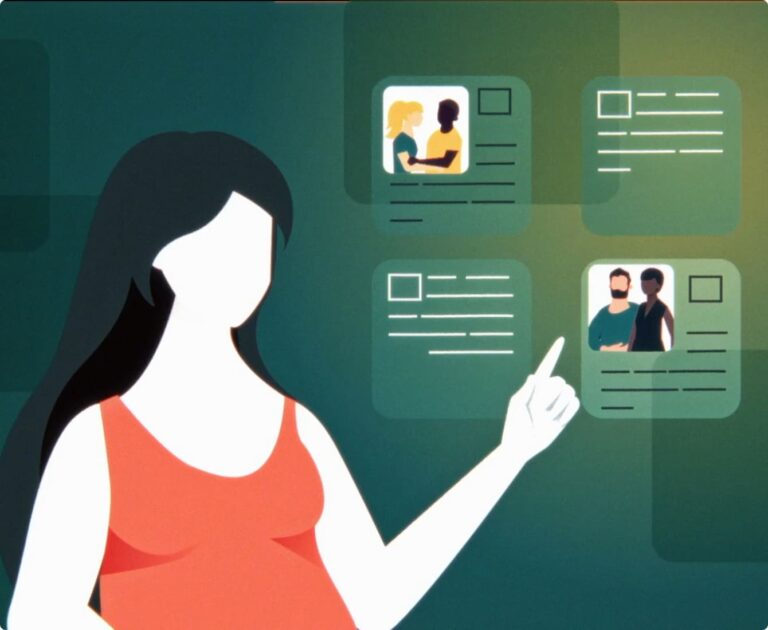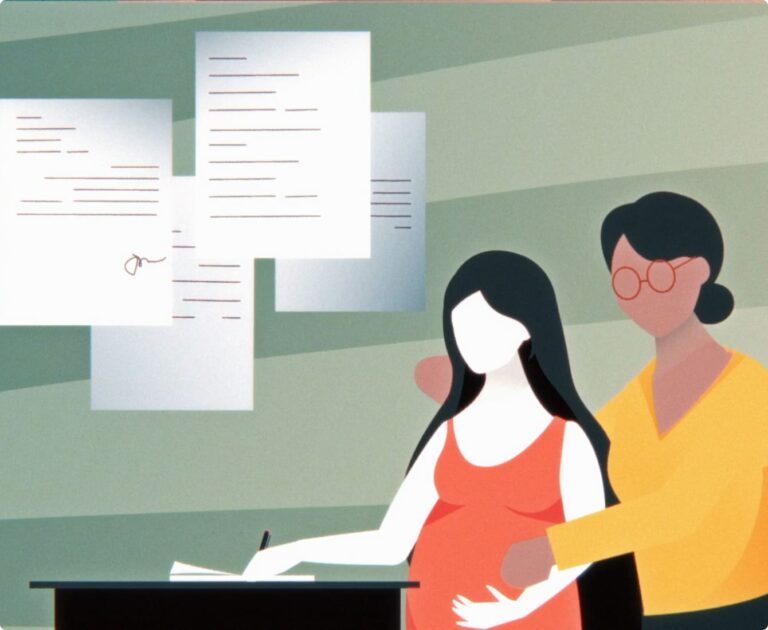Step 1:
Get the Facts
Explore frequently asked questions (and answers) about adoption.

Step 2:
Pick a Licensed Adoption Agency
All licensed adoption agencies have case workers who work with expectant moms and serve as a guide during the pregnancy.
Here are some agencies that we recommend. They each have caring professionals who are happy to answer questions and help anyone learn more about the adoption process. We trust them because we’ve vetted them for their quality care, professional services, and how they treat birth parents before, during, and after placement.

Step 3:
Create a personalized adoption plan
The expectant mom can decide…
- Whether or not to choose a family for her child
- What she wants in a family
- How much contact she wants with her child and the adoptive family
- How the baby’s father fits into all of this
- How she wants the hospital stay to go (as detailed as who’s in the room when she delivers and who holds the baby first)
- What type of support she wants afterwards

Step 4:
Choose a family
The case worker will share profile books with the expectant mom. They’re like family scrapbooks.
These families have been carefully interviewed and approved by the agency to make sure they will provide a safe and loving home for a child.
Some women even choose to meet the family before the baby is born.
This is a good time for an expectant mom to ask her case worker to connect her with a birth mom. Speaking with someone who has already placed may be helpful when exploring her options and could provide a unique avenue of support.

Step 5:
Sign the adoption papers
This is probably the most emotional part of the process because she’s making a permanent, legal decision to basically say I’m signing over my legal rights to this family to be the parents of my child.
Again, the case worker explains all of this, especially regarding how much time between the birth and signing the paperwork, as this period can vary from state to state.

Step 6:
Find support afterwards
At BraveLove, we believe it’s vital that a birth mother *not* walk alone, because the journey of adoption does not end with placement. Placing a baby for adoption is a big decision that affects people’s lives forever. Case workers can help connect birth moms to support groups and counselors. They can help with communication between the birth family and the adoptive family. There are other resources too that allow birth moms to connect with other birth moms.

Now What?
Hopefully by now, you know a little more about adoption than when you started. Here are a few of our favorite stories of birth moms:
-
Leah’s Story
Read more"I just had this deep knowing that she had a purpose in this world and that she was meant to be here." From moments of...
-
To My Birth Mom On My Wedding Day
Read moreRecently, our friend Ramya got married! Amid all the hustle and bustle of planning, she felt it was important to find meaningful...
-
Emily’s Story
Read more"I felt heard and loved." Emily's story is marked with courage and strength. When faced with a life-changing decision, she...

